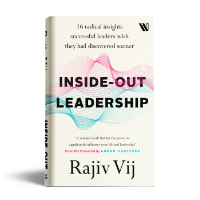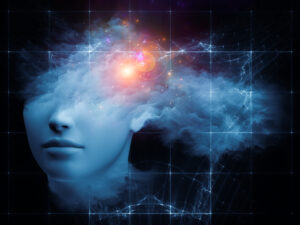
I lost my dad two months ago. He was 89 and suffered a brain haemorrhage. As difficult as it was to lose him, the hardest part for me was not being able to be with him at that time. Attending his funeral over Zoom was a rude reminder of the times we are in. I could suddenly and intimately feel the pain of so many others.
The prolonged and seemingly unending nature of the disruption and losses make us routinely feel disoriented, anxious and exhausted. It is directly affecting many individuals’ mental and emotional well-being, a trend particularly accentuated among the young.
Like the virus, this heightened uncertainty doesn’t look like going away in a hurry. Like we need the vaccine as protection from the virus, we need to learn ways to immunise ourselves from our inner emotional turmoil. Here are three ideas you can consider.
Build equanimity
To protect ourselves from the emotional roller-coaster, we need to cultivate a sense of equanimity – an anchor of stillness within us so the changing external scenery doesn’t easily affect us. Like the vaccine, this stillness doesn’t mean that we are not affected at all. It’s just that the threshold at which we experience emotional hijack goes up.
To build such equanimity, we need to deepen our emotional self-awareness. We need to learn what makes us happy, sad, insecure and excited; how frequently we move from one emotional state to the other; and what triggers these shifts. Ordinarily, we are on an autopilot mode where certain triggers produce a predictable reaction within us time after time.
When we are in touch with our changing emotional states, we can quickly catch ourselves starting to feel anxious, envious or angry. We can then choose to acknowledge those emotions and without judging ourselves, explore alternate ways to respond in the situation. That’s how we can break the pattern of our repetitive and volatile emotional reactions.
Equally, with greater self-awareness, you may observe how you typically react in an emotionally disturbed state….




















